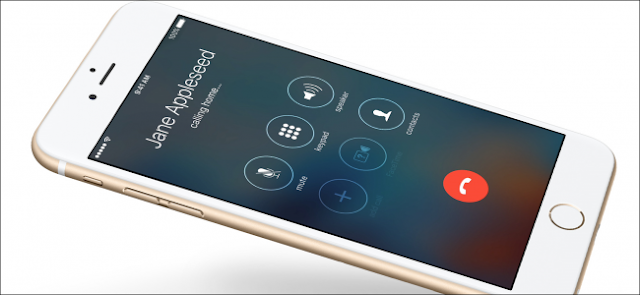Here’s our guide on how to own a cellphone, but never pay for service.
Whatsapp first made headlines late last year when it was bought up by Facebook for a staggering $1.2 billion, and those numbers don’t just come from anywhere. The app has experienced overwhelming success in its short time on the market, boasting a staggering 900 million members who flock to the app as fast and functional alternative to paying for the right to talk to their friends every day.
Some of the advantages of WhatsApp over traditional texting include perks like the ability to create group chats that are compatible with all mobile operating systems, whether it’s big time players like Android or iOS, or the smaller, lesser-known alternatives like Nokia’s Symbian. This means that instead of running into nasty blocks of green text clashing against blue in your messaging window, everyone enters the chat room on equal ground, and every picture, emoji, or voice memo will go through unabated thanks to the app’s universal formatting system.
No matter what operating system you’re on though, WhatsApp is a well-rounded, quick, and endlessly rich texting application that any frugal phone owner should have installed as a mainstay for their mobile device.
Whatsapp is available on all major app stores, and you can grab it for iOS or Android by following the links here and here, respectively.
Skype
Of course, this wouldn’t be an article about using your cellphone to circumvent calling plans without mentioning the one service that started it all: Skype.Once you install Skype on your phone and hook up to the local Wi-Fi connection, you’ll immediately be able to message, call, or video chat with anyone of your choosing. Conversely, anyone who needs to get a hold of you can do the same as long as they have the Skype client installed on their phone or desktop computer.
The main convenience of Skype is not only its ubiquity, but also the fact that it works on pretty much any mobile or stationary device you can think of. Find anyone in your phone’s standard contacts list, and it’s almost assured they’ve got a Skype handle on the side, which makes messaging and talking to them over the Internet a whole lot easier than asking them to install an add-on like Kik or Whatsapp.
Fair warning, anyone who goes this route should know that while calls made within the United States or Canada are free of charge, the cost for international correspondences can vary depending on where the call is sourced from and where it’s going to. In general, you can expect the cost to rise the farther the call has to travel over the wires to get from your phone to whomever it’s intended to reach.
You can download Skype for iOS free of charge here, and from Google Play here.
iPhone Wi-Fi Calling
Last up, if you happen to own an iPhone and need an interim solution in the wake of a few past-due bills, iOS’ internal Wi-Fi calling feature can come through when your carrier is knocking at the door but the credit card is already maxed. Wi-Fi Calling comes as an automatic inclusion to the iOS ecosystem for anyone running iOS 8.0 or above, however to actually start a Wi-Fi call on your iPhone, you’ll need to enable the option by going into your Settings –> Phone –> Wi-Fi Calling.From here it’s just a matter of flipping the toggle on, and any calls you make from there on out will automatically be routed to your Wi-Fi network if one is already in range. The calls will all be made from your number, and it’s what people will see on their caller ID the next time you decide to ring them up. None of these calls will be tracked by your provider, and there is no extra charge for international or long distance calls as long as they are initiated via the Wi-Fi calling protocol.
Unfortunately, for the time being the only way that Apple was able to get the carriers to agree to make it a standard feature was for the company to require users to have a plan with one of the major telecoms in their region. These include Bell and Rogers in Canada, T-Mobile, Sprint, Verizon, and AT&T in the US, and Vodafone in the UK, and the benefit here is that calls will still go through if your service has been deactivated for a period of 30 days or less. This service is great in a pinch when you might be behind on your monthly account statement, but still need a reliable way to get in touch with friends or family members that aren’t tech savvy enough to know what a “Skype” is, or what they’re supposed to do with it.
Obviously, if you’re mobile most of the time and need your phone to be ready to accept a call at the drop of a hat, you’re probably going to be better off keeping your service than you are without. However if you already have a MiFi stuffed in your pocket or an iPad with an LTE plan and tethering, owning a phone doesn’t always necessarily mean you have to pay the piper a hefty fee at the end of each month for the privilege.














No comments:
Post a Comment